Home>Ideas and Tips>Smart Window Treatment Motorization: Upgrade Existing Blinds
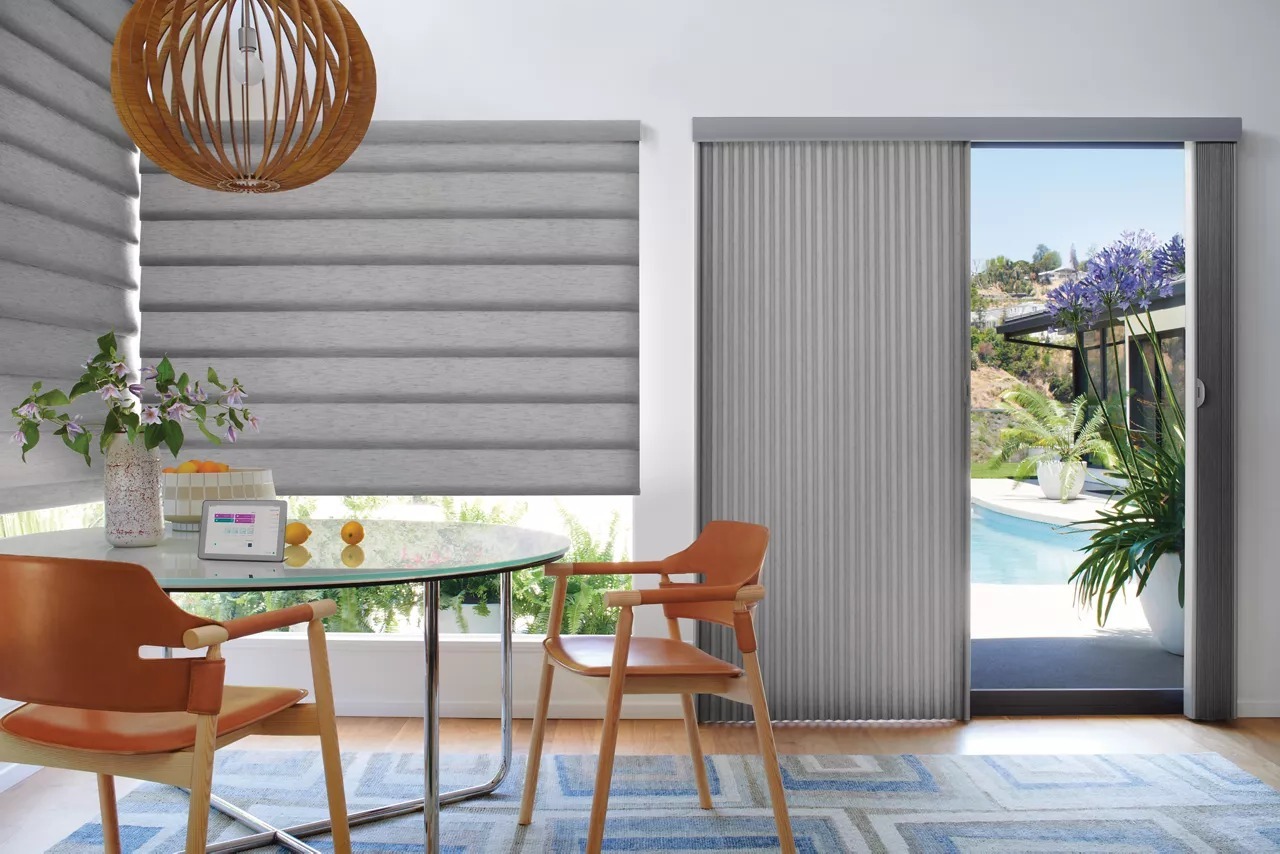

Ideas and Tips
Smart Window Treatment Motorization: Upgrade Existing Blinds
Modified: October 20, 2024
Upgrade your home with smart motorized blinds for enhanced convenience, energy efficiency, and security. Discover the benefits and installation tips.
(Many of the links in this article redirect to a specific reviewed product. Your purchase of these products through affiliate links helps to generate commission for Storables.com, at no extra cost. Learn more)
In the quest for a more comfortable, efficient, and technologically advanced home, smart window treatments have emerged as a significant upgrade option. These motorized systems not only enhance the functionality of your windows but also contribute to a more sustainable and convenient living environment. In this article, we will delve into the world of smart window treatments, exploring their benefits, types, installation considerations, and how they can be integrated into your existing blind setup.
Benefits of Smart Window Treatments
-
Convenience and Automation
- Smart window treatments offer the convenience of automated control. With the ability to open and close your blinds using voice commands, smart apps, or remote controls, you can enjoy seamless control over your window coverings. This feature is particularly beneficial for families with young children or pets, as it eliminates the risk of entanglement with cords.
-
Energy Efficiency
- By automating the opening and closing of your blinds based on sunrise and sunset, you can significantly reduce heat gain during summer and heat loss during winter. This not only saves energy but also helps in maintaining a comfortable indoor temperature, reducing the need for air conditioning and heating.
-
Enhanced Security
- Smart blinds can be programmed to close automatically when you leave your home or at night, enhancing security by preventing potential intruders from seeing inside.
-
Improved Sleep Quality
- Blackout shades and smart blinds can be scheduled to open and close at specific times, ensuring that your home is dark during sleep hours and light during waking hours. This can improve your sleep quality by mimicking natural daylight cycles.
-
Customization and Integration
- Smart window treatments can be integrated with other smart home devices, allowing for seamless control through a single hub. This integration enables you to schedule multiple tasks at once, making your home more efficient and convenient.
Types of Smart Window Treatments
-
Shades
- Shades are single panels of fabric that can move up and down to cover a window. They come in various colors, fabrics, and weaves, making them versatile for any room. Shades can be motorized and controlled through smart apps or remotes. Higher-end shades often hide their motors entirely in the shade's tube, while more affordable options may have visible motors. Manual operation is also possible using cords, wands, or cordless lifts.
-
Blinds
- Blinds are hard window coverings that can be drawn up or sideways using a wand, loop, or cables. They offer light control and privacy while maintaining an affordable price point. Blinds have a classic look and can be adjusted to control the amount of light entering the room. They also come in various materials such as wood, aluminum, and vinyl.
-
Shutters
- Shutters are solid panels that cover the entire window frame. They provide excellent light control and insulation. Shutters can be made from materials like wood, vinyl, or composite materials. They offer a more permanent solution compared to shades and blinds but are often more expensive.
Installation Considerations
-
Measuring Windows
- Before installing any window treatment, it is crucial to measure your windows accurately. This ensures that the treatment fits perfectly and functions as intended. Measure both the width and length of your window frame to determine the appropriate size for your new motorized blinds or shades.
-
Choosing the Right Motorization System
- When selecting a motorization system for your existing blinds or shades, consider factors such as durability, ease of use, and compatibility with your home's decor. Higher-end systems often come with advanced features like battery backup and remote control capabilities.
-
Professional Installation vs DIY
- While some homeowners prefer DIY installation for cost savings, professional installation is recommended for complex systems or large-scale projects. Professionals ensure that the motorization system is installed correctly and functions smoothly from the outset.
-
Integration with Smart Home Hubs
- To fully leverage the benefits of smart window treatments, consider integrating them with your existing smart home hub. This allows for seamless control through voice commands or mobile apps and enhances overall home automation.
Case Study: Upgrading Existing Blinds
Let's take an example of upgrading existing dumb blinds to smart motorized blinds:
Scenario:
A homeowner in Michigan has a living room window that faces south and gets hot during summer days. The current dumb blinds are not efficient in controlling the temperature, leading to high electricity bills during peak hours.
Solution:
The homeowner decides to upgrade the dumb blinds to smart motorized blinds. Here’s how they can achieve this:
-
Measure the Window:
- Measure the width and length of the window frame accurately to determine the appropriate size for the new motorized blinds.
-
Choose the Right Motorization System:
- Select a motorization system compatible with their existing blind material (e.g., wood or vinyl). Consider factors like durability, ease of use, and remote control capabilities.
-
Install the Motorization System:
- Hire a professional installer if necessary. Ensure that the motorization system is installed correctly and functions smoothly from the outset.
-
Integrate with Smart Home Hub:
- Integrate the new smart motorized blinds with their existing smart home hub for seamless control through voice commands or mobile apps.
-
Schedule Automation:
- Schedule the blinds to open in the morning and close at noon or when the sun is out of view. This helps in reducing heat gain during summer and heat loss during winter.
-
Voice Command Integration:
- Set up voice commands through platforms like Alexa or Google Assistant so that the wife can close one side of the blinds using voice commands when needed.
Benefits:
- The homeowner enjoys significant energy savings by automating their blinds based on sunrise and sunset.
- The smart motorized blinds enhance security by closing automatically when leaving home or at night.
- The improved sleep quality is ensured by scheduling blackout shades to open and close at specific times.
Conclusion
Smart window treatments offer numerous benefits ranging from convenience and energy efficiency to enhanced security and improved sleep quality. By upgrading existing dumb blinds to smart motorized blinds, homeowners can significantly enhance their living environment while reducing their carbon footprint. Whether you choose shades, blinds, or shutters, integrating these motorized systems into your home can make a substantial difference in comfort, convenience, and overall value.
In conclusion, smart window treatments are not just an upgrade; they are an essential component of modern home automation. By understanding the types of smart window treatments available, considering installation factors, and integrating them into your existing setup, you can enjoy a more comfortable, efficient, and technologically advanced living space.
References
- Carmel Pine Cone – While not directly related to smart window treatments, this source provides valuable insights into balancing financial priorities and making the most of time, which can be applied to home improvement projects.
- FreeCodeCamp Forum – This resource discusses accessibility in web development but highlights the importance of clear documentation and user experience principles that can be applied to designing user-friendly smart home systems.
- Hive Ultimate Guide to Window Treatments – This comprehensive guide covers various types of window treatments including shades, blinds, and shutters, providing detailed information on their benefits and installation considerations.
- Hubitat Community Forum – This forum discussion on smart blinds highlights their convenience and energy-saving features, as well as integration with other smart home devices.
By combining these resources with practical examples of upgrading existing blinds to smart motorized systems, homeowners can make informed decisions about enhancing their living spaces with cutting-edge technology.
Was this page helpful?
At Storables.com, we guarantee accurate and reliable information. Our content, validated by Expert Board Contributors, is crafted following stringent Editorial Policies. We're committed to providing you with well-researched, expert-backed insights for all your informational needs.
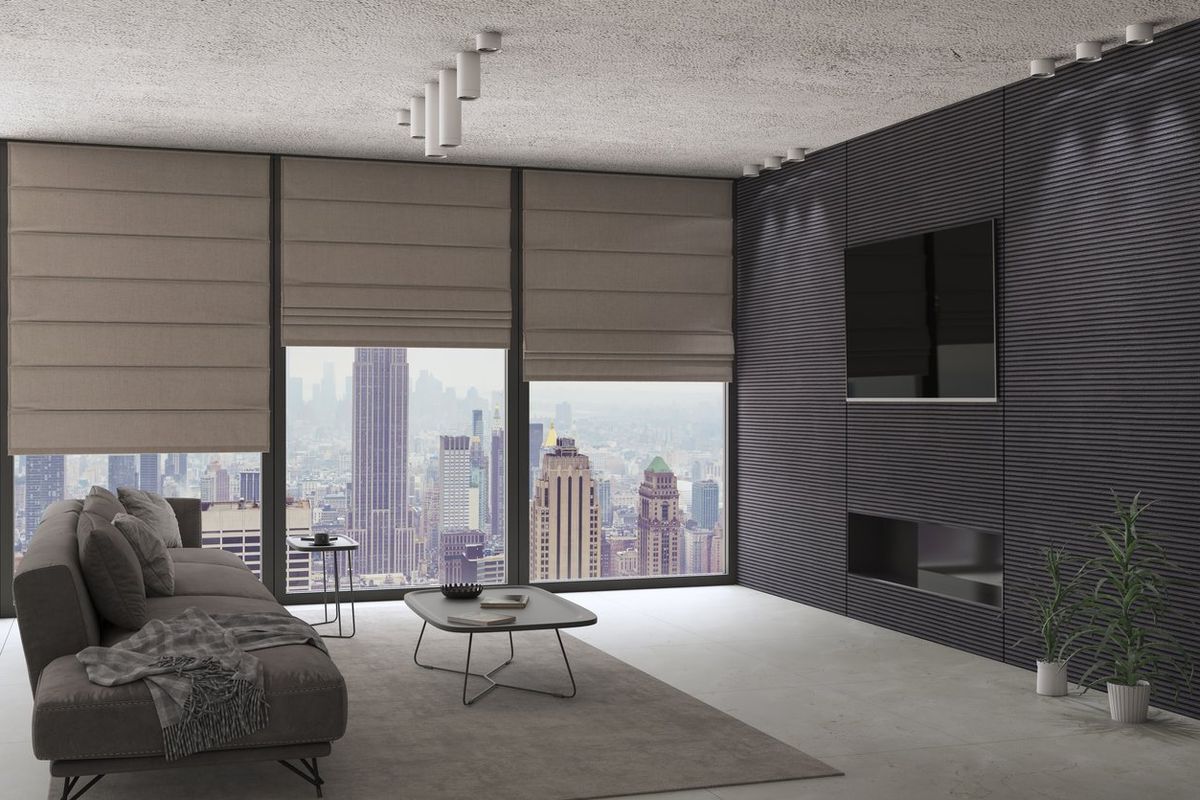
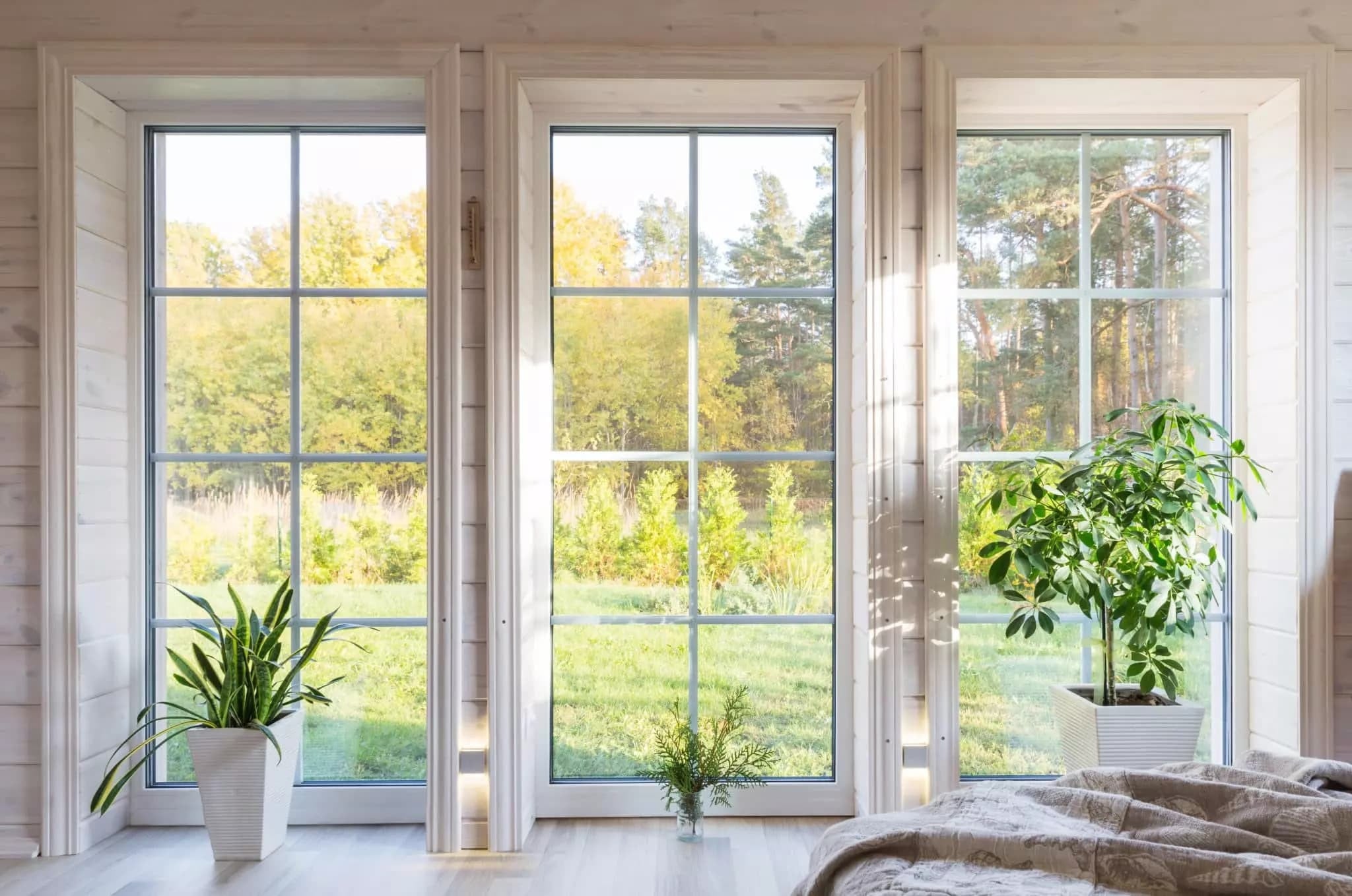

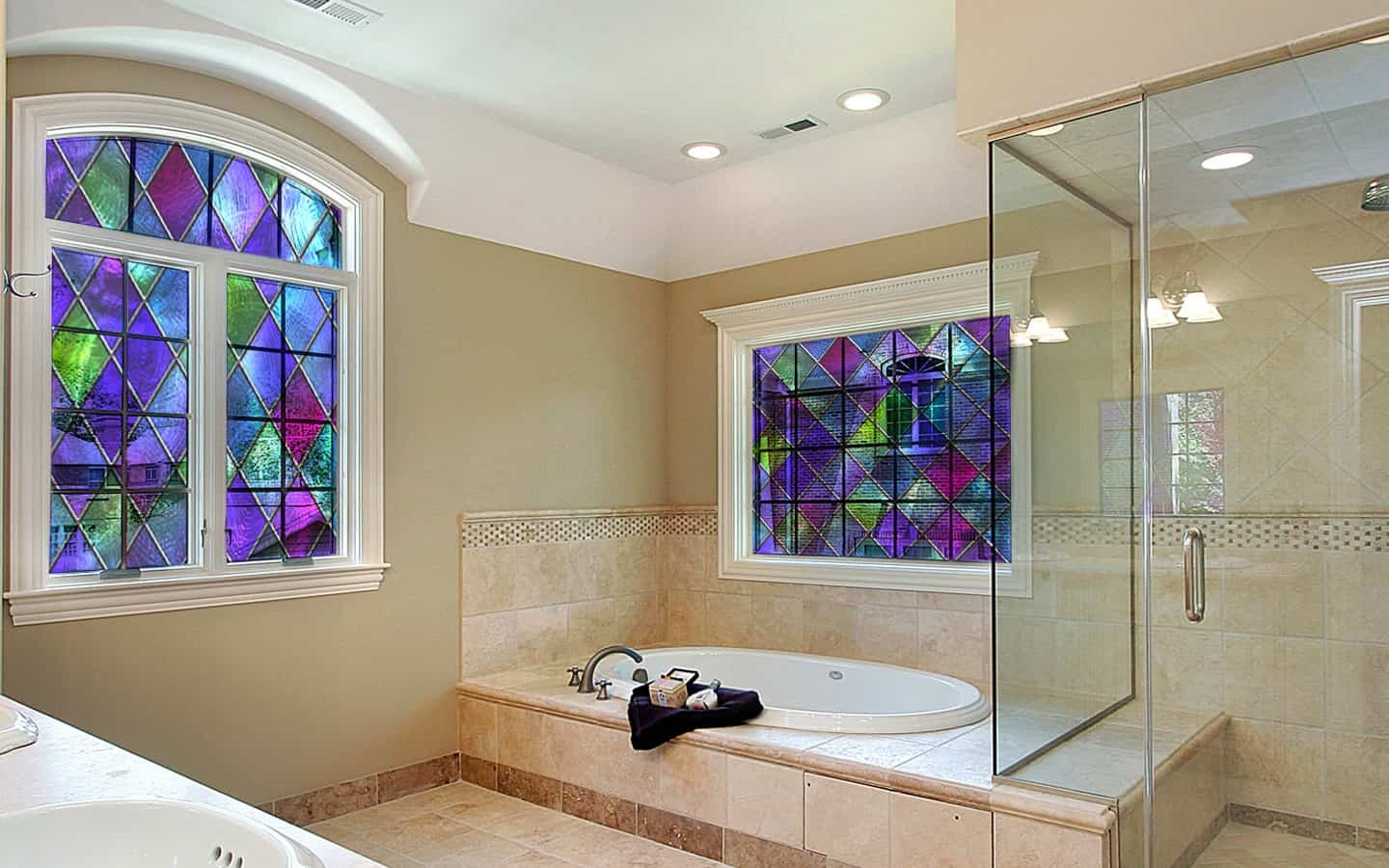
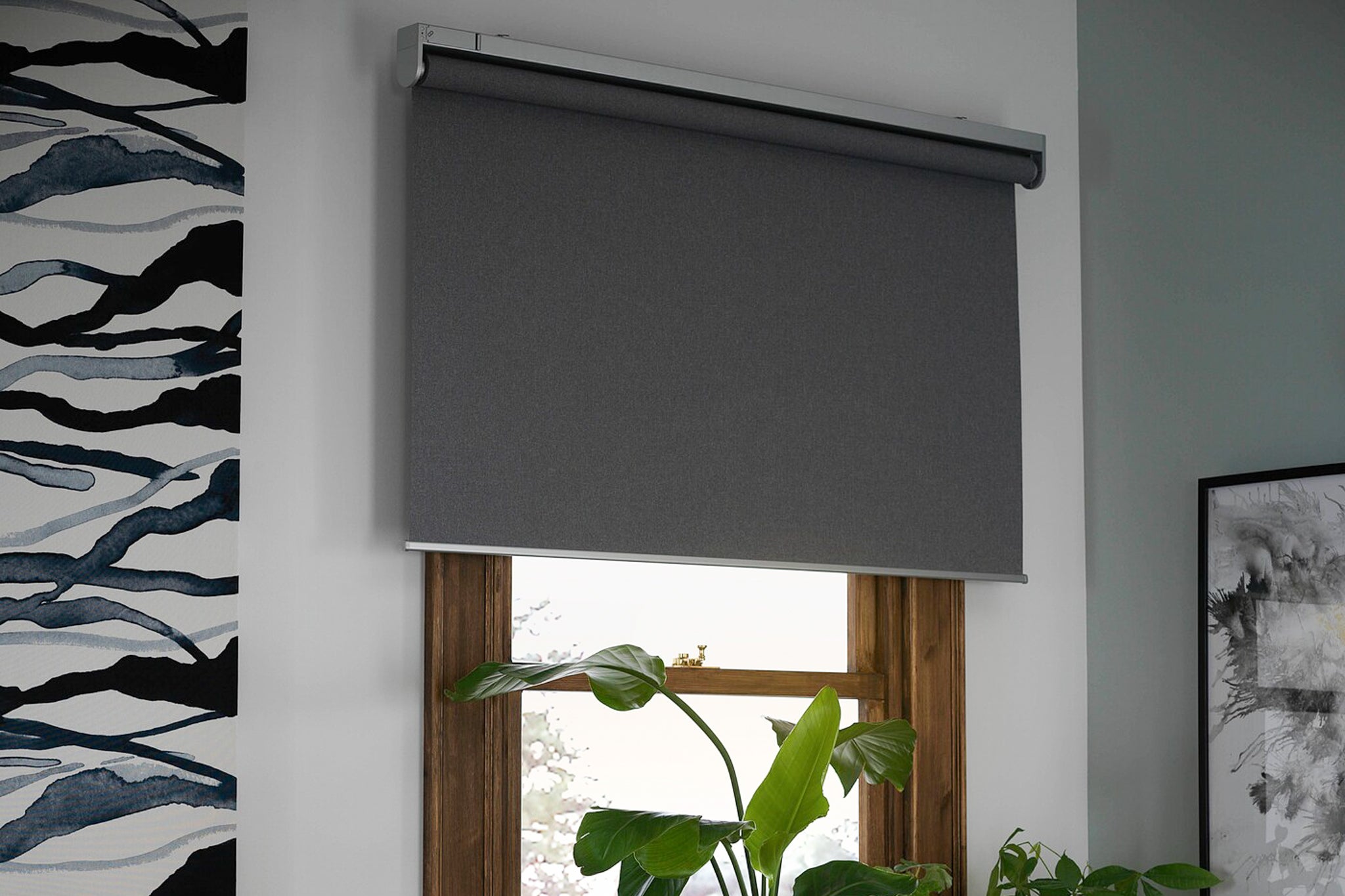
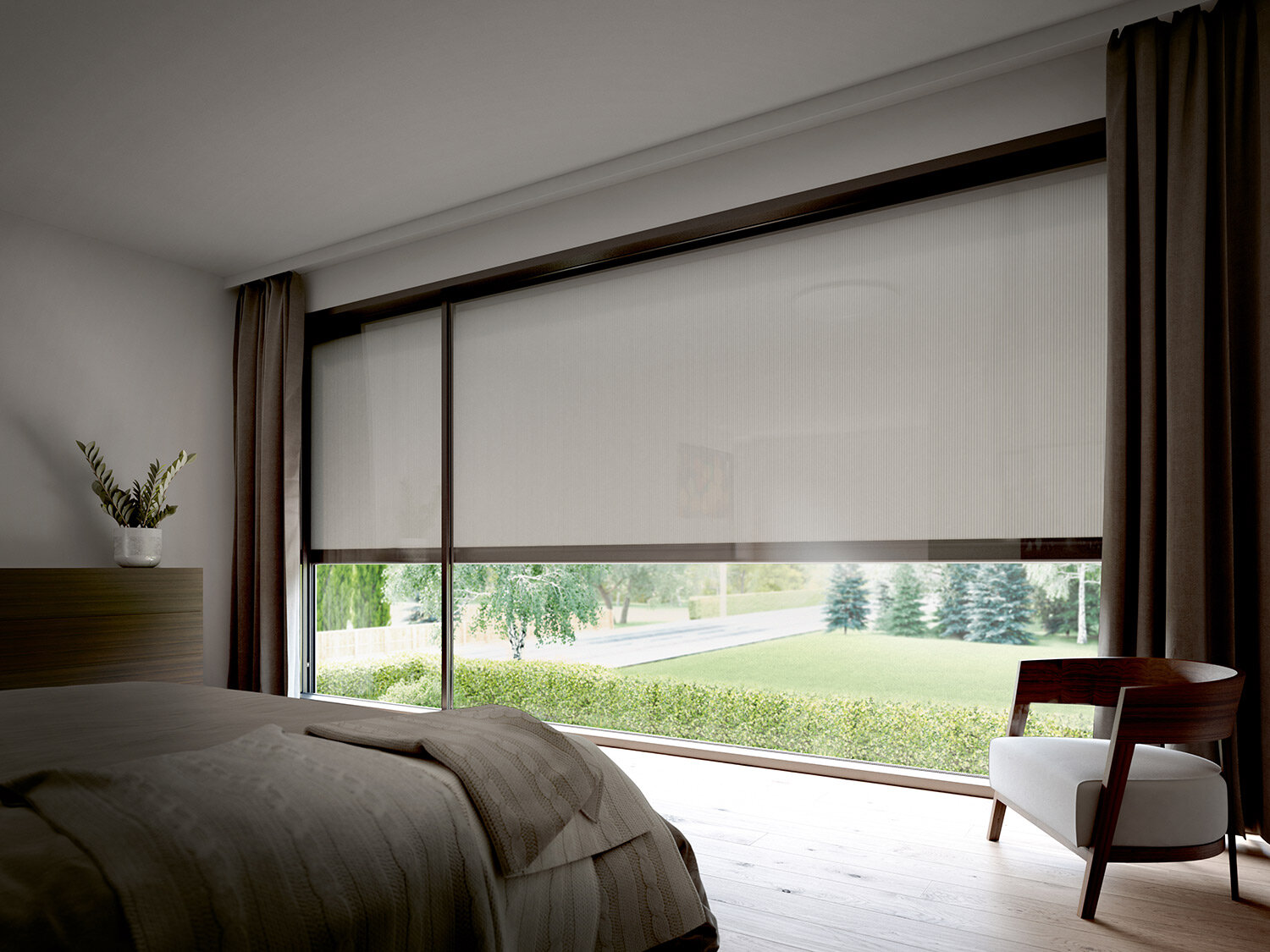
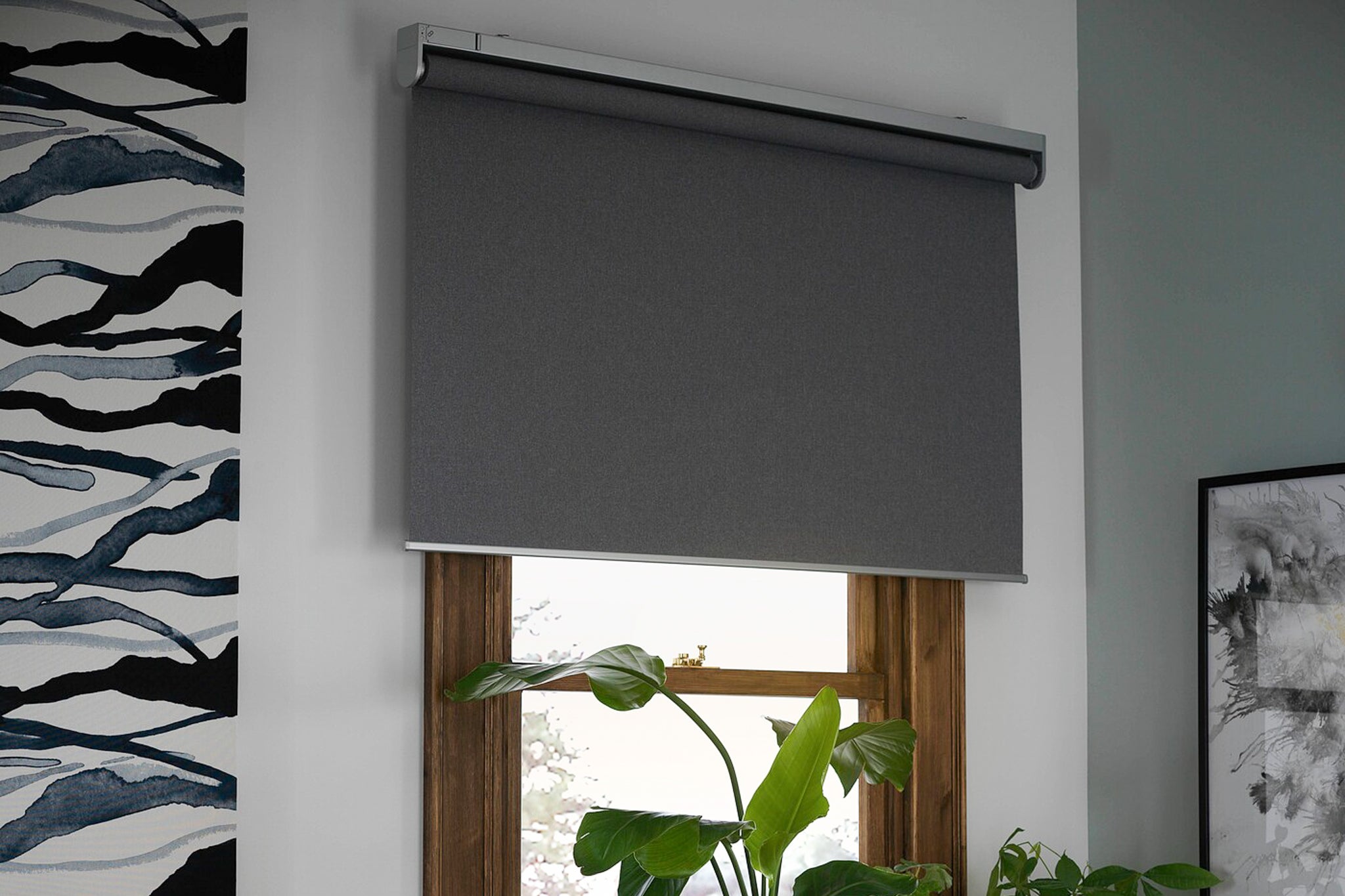
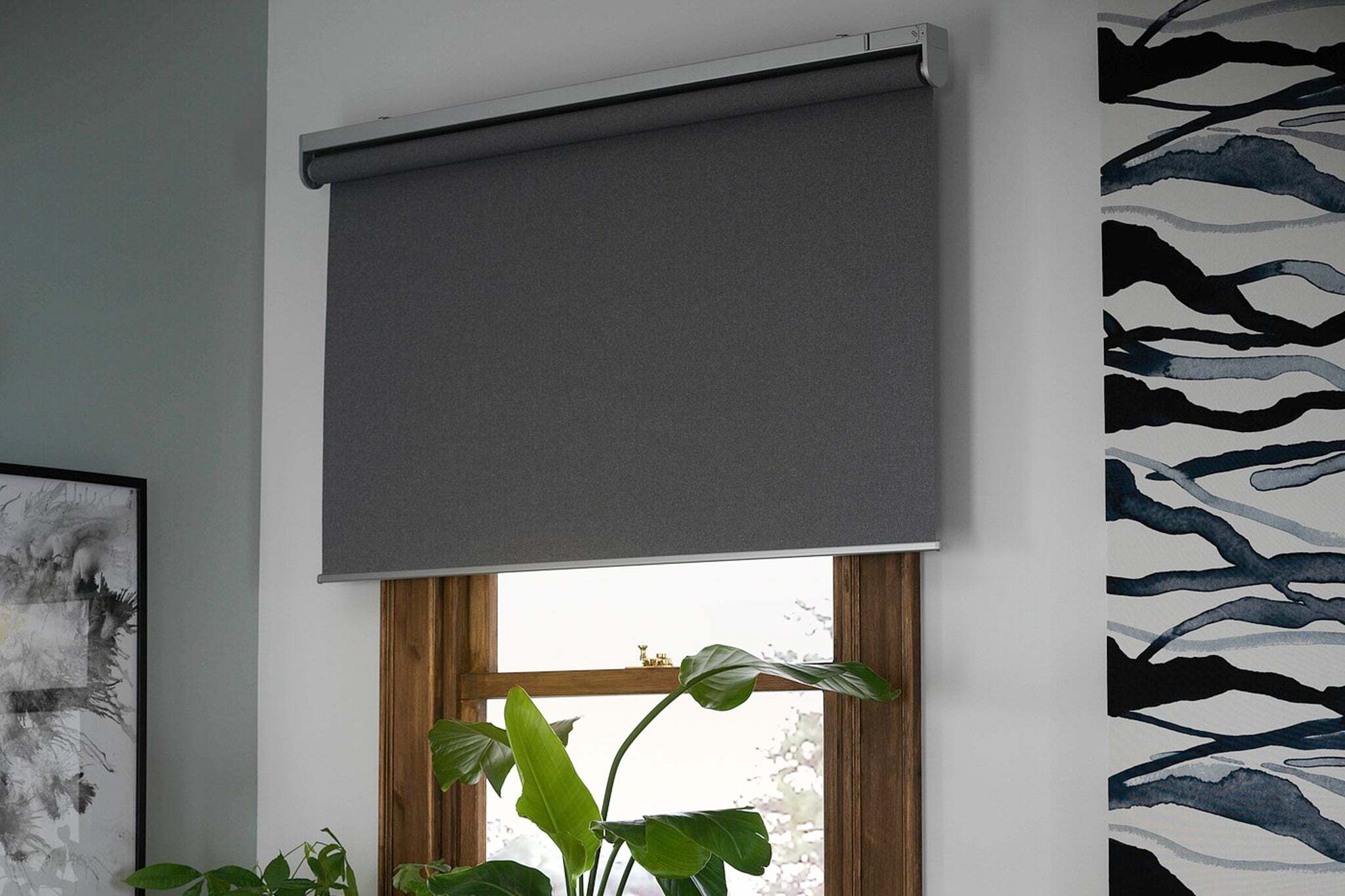
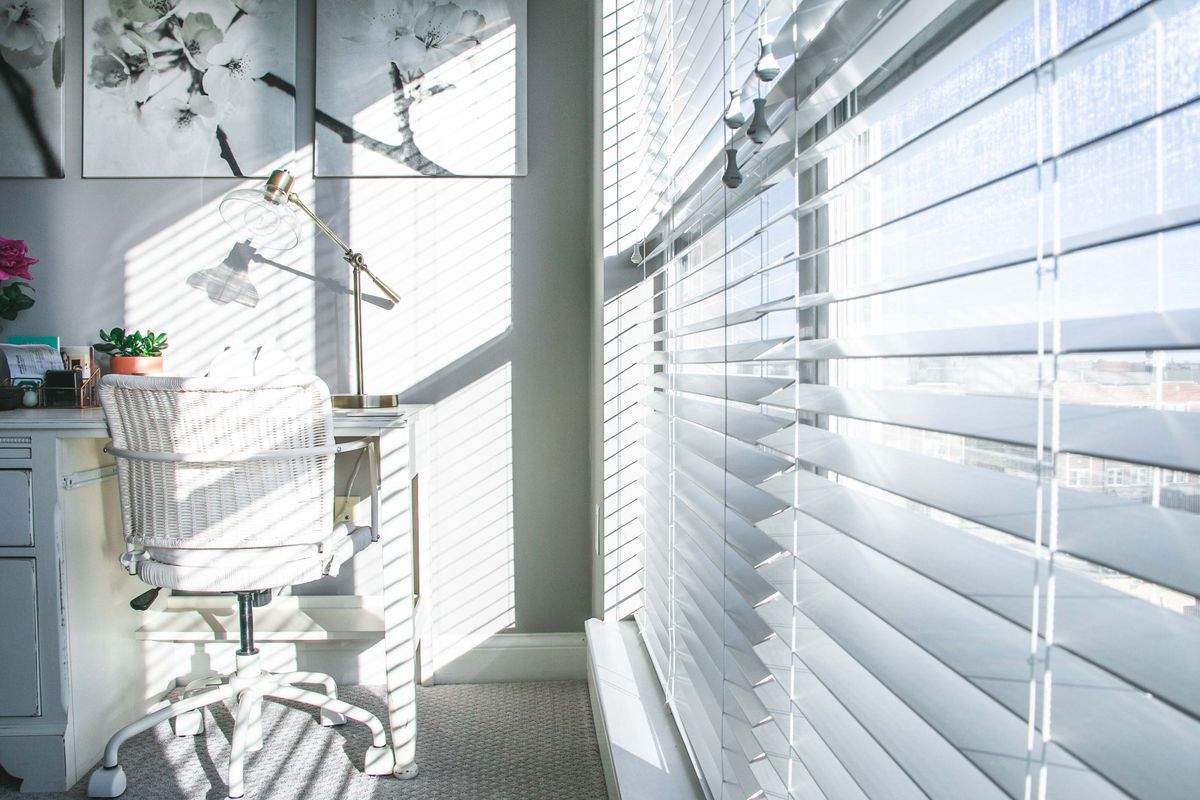
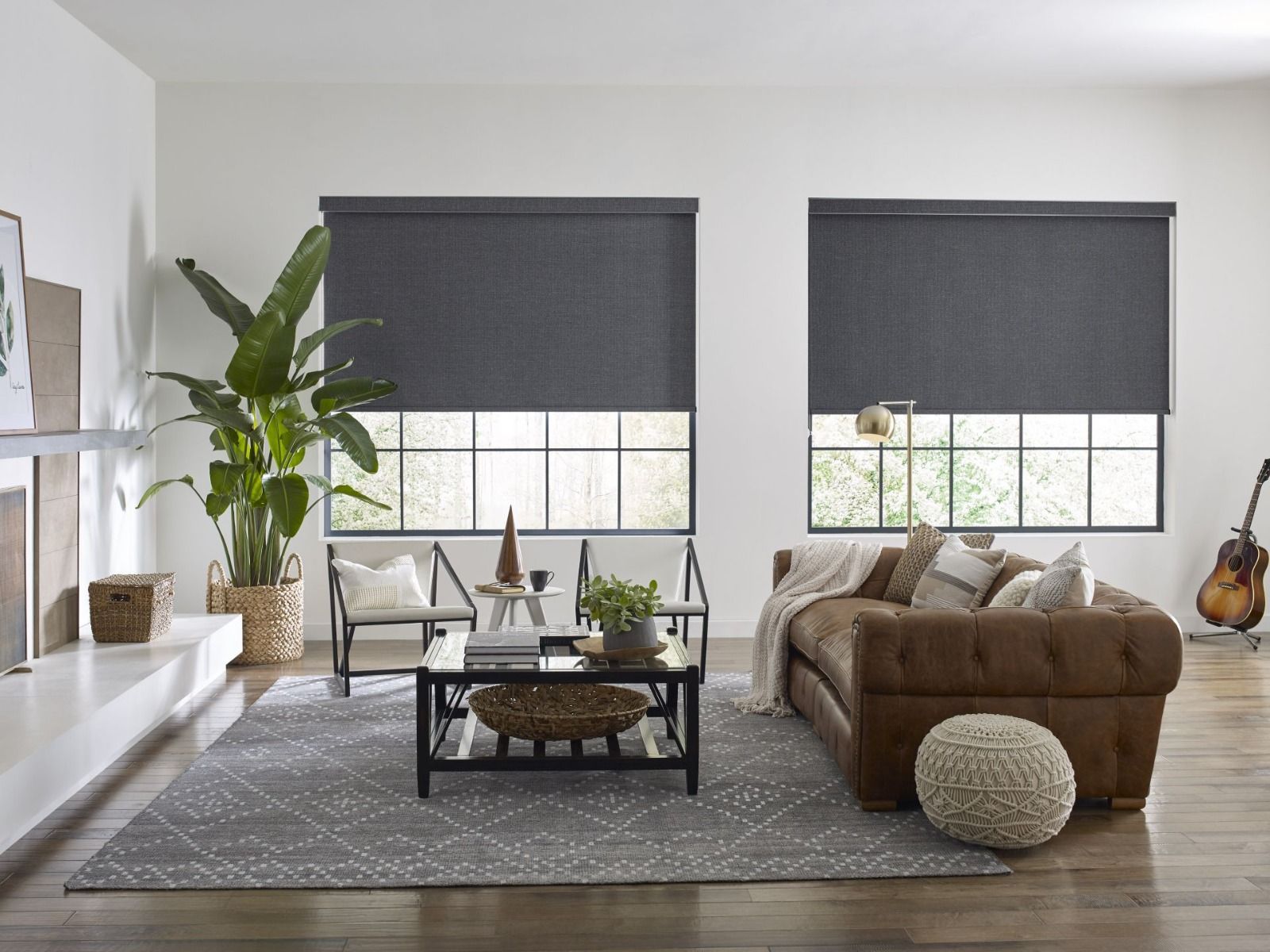
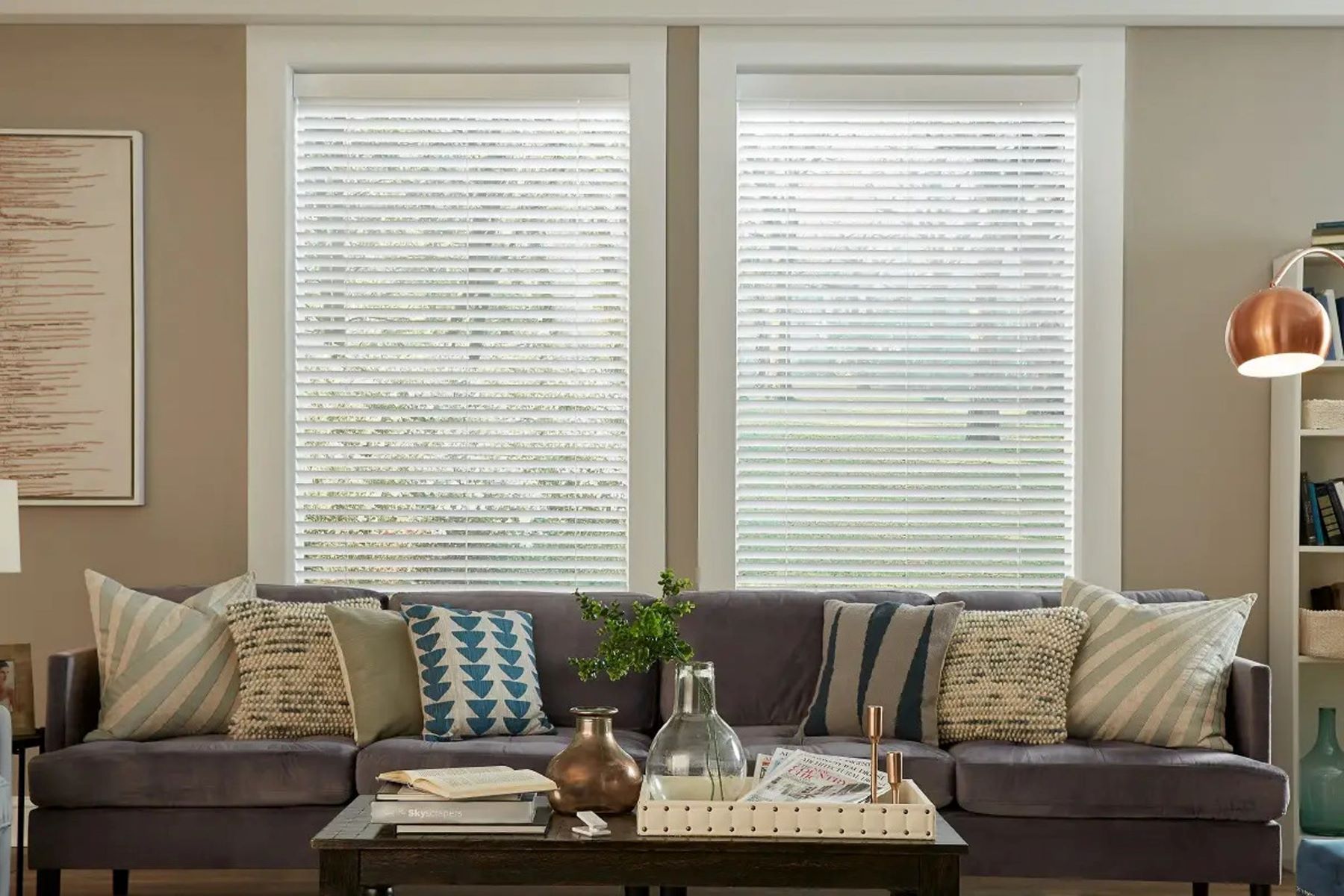
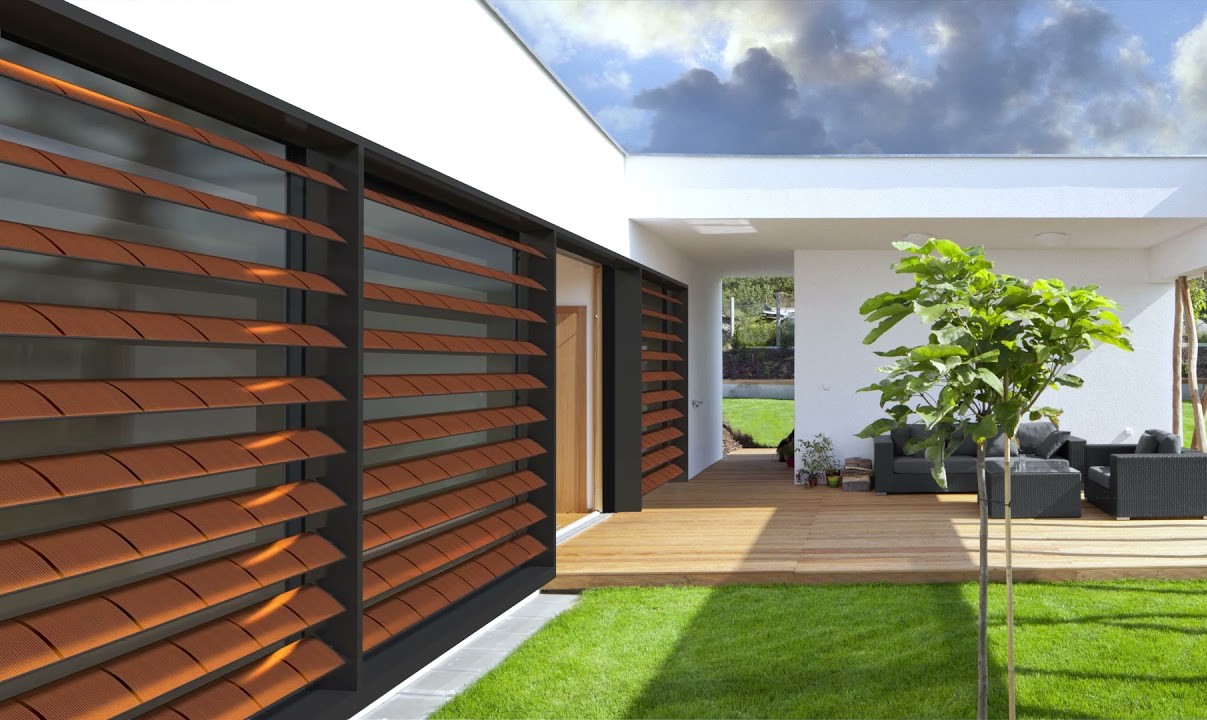
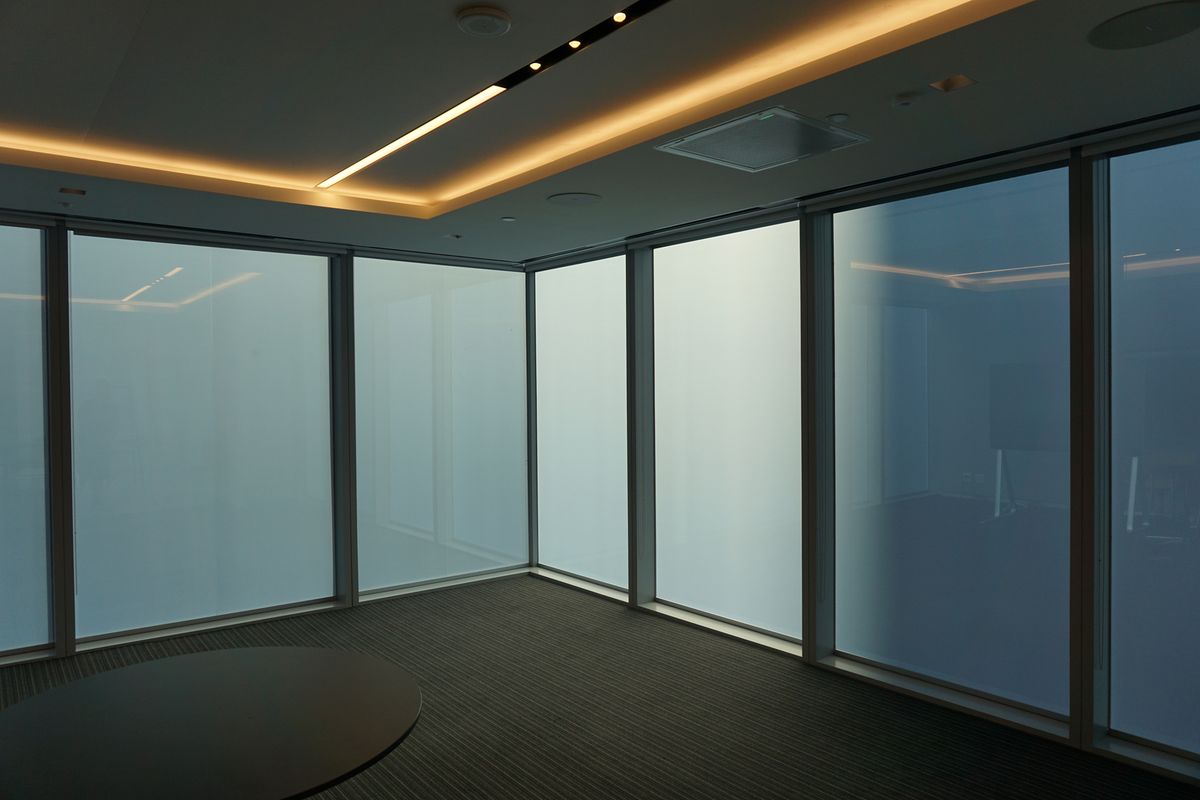
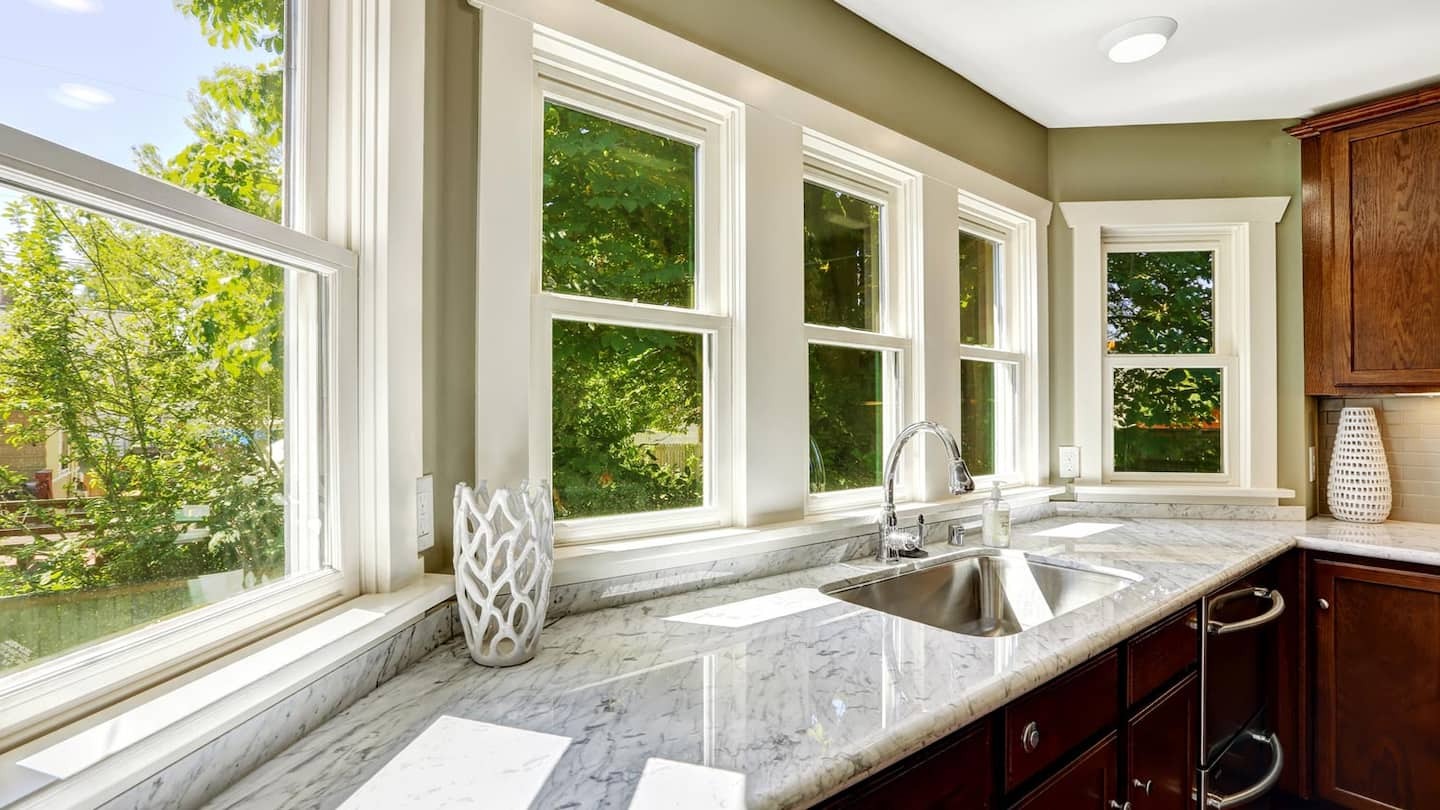

0 thoughts on “Smart Window Treatment Motorization: Upgrade Existing Blinds”